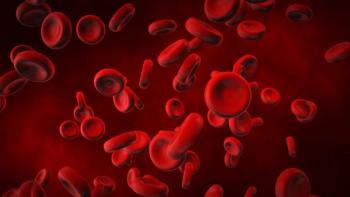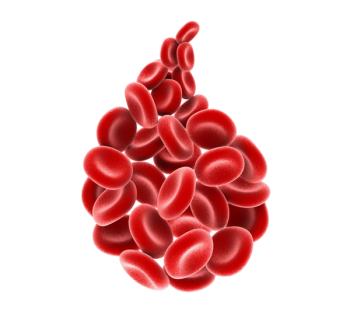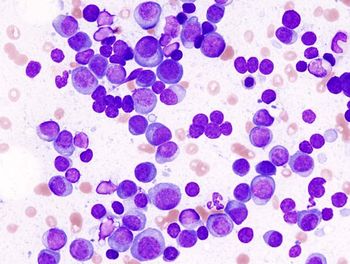
- Oncology Vol 29 No 4_Suppl_1
- Volume 29
- Issue 4_Suppl_1
(P101) Does Maximum SUV From F-18 PET Scan Predict Outcomes for Early-Stage Non–Small-Cell Lung Cancer Treated With Stereotactic Body Radiotherapy (SBRT)?
We did not find an association of SUVmax with recurrences or death; however, the sample size was relatively small, and the power to detect differences was low. These findings will be further evaluated in a larger multicenter study in the future.
Corey J. Hobbs, MD, Stephen J. Ko, MD, Nitesh N. Paryani, MD, Michael G. Heckman, MS, Nancy N. Diehl, BS, Jennifer L. Peterson, MD, Katherine S. Tzou, MD, Robert C. Miller, MD, Laura A. Vallow, MD, Steven J. Buskirk, MD; Mayo Clinic Florida
PURPOSE: Prior studies have shown mixed results regarding the predictive value of positron emission tomography (PET) scan following definitive treatment of early-stage lung cancers. The primary outcome of this study was to evaluate the association of maximum standard uptake value (SUVmax) on PET scan with recurrence and survival in patients with lung cancer who were treated with stereotactic body radiotherapy (SBRT). Secondary outcomes were to evaluate associations of baseline patient characteristics with SUVmax, recurrence, and survival.
MATERIALS AND METHODS: A total of 61 lung cancer patients with a documented pretreatment SUVmax and treated with SBRT between 2008 and 2014 were included in this study. Baseline information was collected regarding age, gender, lesion size, SUVmax, glucose at time of PET, T stage, histology, nodal evaluation, and total radiation dose. Examined recurrences included local, nodal, ipsilateral lung, contralateral lung, and distant metastases. Time to death and cause of death were also recorded. Median clinical follow-up was 12.7 months (range: 2.8–52.9 mo). The median SUVmax of the cohort was 6.4. A total of 54 patients (89%) had biopsy-proven malignancy.
RESULTS: Baseline characteristics between patients with a low (< 6.4) and high (≥ 6.4) SUVmax were similar, except for lesion size in the high-SUVmax group (median: 2.2 cm vs 1.7 cm; P < .001) and higher T stage (1b or 2a: 71.0% vs 36.7%; P = .018). Adenocarcinomas were more common in the low-SUVmax group (76.0% vs 41.1%), while squamous cell carcinomas were less common (8.0% vs 44.8%).
A total of 16 patients (26.2%) experienced any recurrence; 9 patients (14.8%) experienced nodal recurrence, 3 patients (4.9%) experienced same lung recurrence, and 5 patients (8.2%) experienced distant recurrence. Also, 18 patients (29.5%) died during follow-up.
There was no evidence of a difference in recurrence outcomes between the two groups. An evaluation of associations of baseline patient characteristics with the three most common outcomes of nodal or same lung recurrence, any recurrence, and death was performed. The only baseline variable that was significantly associated with any of these outcomes was serum glucose at time of PET; patients with a glucose value higher than the median of 103 mg/dL had an increased risk of nodal or same lung recurrence (relative risk [RR] = 6.77; P = .017) and any recurrence (RR = 3.76; P = .027).
CONCLUSION: We did not find an association of SUVmax with recurrences or death; however, the sample size was relatively small, and the power to detect differences was low. These findings will be further evaluated in a larger multicenter study in the future.
Proceedings of the 97th Annual Meeting of the American Radium Society -
Articles in this issue
Newsletter
Stay up to date on recent advances in the multidisciplinary approach to cancer.

















































































